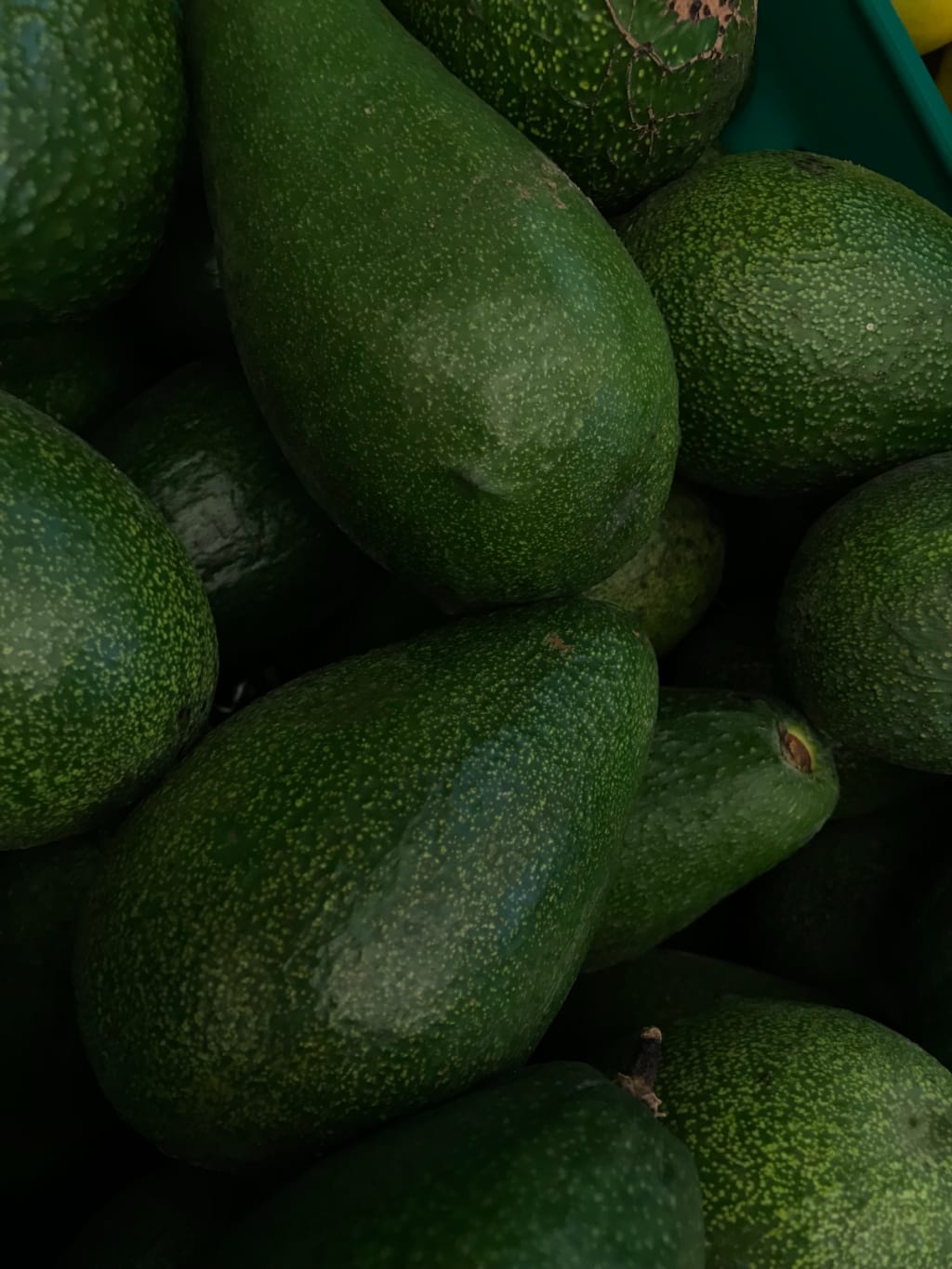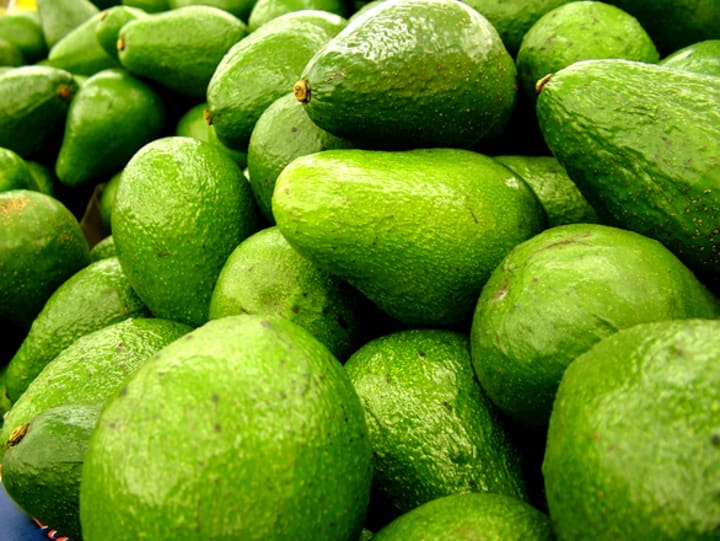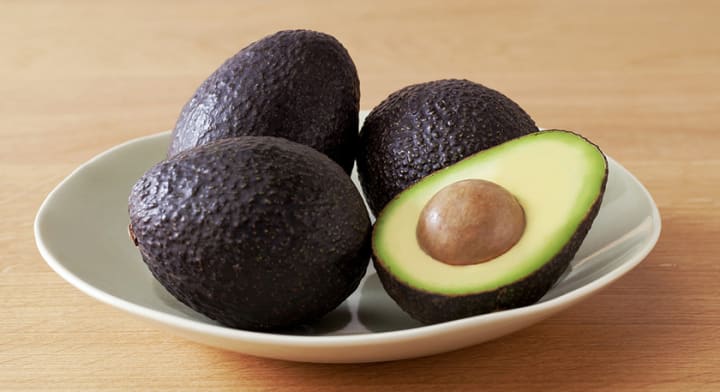Avocado (Persea americana)
Avocados feature greenish or yellowish flesh that is creamy and has a deep nutty flavour. They are frequently used in salads and are consumed as a dessert in many parts of the world.

Tree from the Lauraceae family with edible fruit, commonly known as alligator pear. Avocados are native to the Western Hemisphere and are commonly farmed in warm climates from Mexico south to the Andes. Guacamole, a popular sauce-like condiment in Mexican cuisine, is made primarily with mashed avocado. Avocados are high in thiamin, riboflavin, and vitamin A, and the flesh of some types contains up to 25 percent unsaturated oil.

The Past And The Present
Avocados were domesticated in tropical America before the Spanish conquest, where they were grown as individual seedling trees. The plants did not receive considerable horticultural attention until around 1900, when horticulturists discovered that producing grafted trees was straightforward and allowed excellent seedlings to be perpetuated and orchards to be established.
Avocado industry has flourished in suitable climates all over the world since then. In 2020, the top producers worldwide were Mexico, the Dominican Republic, Peru, Indonesia, and Colombia. Commercial cultivation of the fruits is also practised in Florida, California, Hawaii, Kenya, Haiti, Chile, South Africa, Brazil, and Australia, as well as on a few Pacific islands and in various Mediterranean countries, including Israel.

Major varieties
Avocados are split into three horticultural races: Mexican (Persea americana, variety drymifolia), West Indian (P. americana, variant americana), and Guatemalan (P. americana, variety guatemalensis), each with over 1,000 varieties. The Mexican race is endemic to Mexico and is distinguished by the anise-like aroma of the leaves and by small (weighing 90-240 grammes [3-8 ounces]), thin-skinned fruits with a rich flavour and high quality. Mexican avocados are the hardiest, growing in areas too cold for other varieties.
The Guatemalan race, endemic to Central America's highlands, is slightly less frost-resistant than the Mexican and bears fruits of medium to large size (240-1,000 grammes), with thick woody skins and a ripening season distinct from the others. The cultivation of the West Indian race, the most tropical in character, is restricted to southern Florida in the United States. Hass avocado, the most common cultivar in the United States, is a Mexican-Guatemalan hybrid.

Physical Characteristics
Avocado trees can grow to be tall or spread, with elliptic to egg-shaped leaves that are 10-30 cm (4-12 inches) in length. The little greenish blooms, which lack genuine petals, are borne in dense inflorescences. The flowers have nine stamens in three series, as well as a one-celled ovary. Interestingly, depending on the cultivar, avocado blooms come in two varieties: A and B. These blooms are dichogamous (male and female parts mature independently), and each flower only opens twice.
Type A flowers are functionally female in the morning, close at midday, then return the next day as functionally male. Type B flowers are functionally female in the afternoon, close in the evening, then reopen as functionally male the next morning. When the two flower types are cultivated together, the temporal overlap of mature male and female parts promotes cross-pollination and, as a result, higher fruit output.
The fruit is quite diverse in size, measuring barely more than a hen's egg in certain Mexican races and weighing 1-2 kg (2-4 pounds) in others. The shape ranges from round to pear-shaped, with a long slender neck, and the colouring ranges from green to dark purple. Botanically, the fruit is a berry with a single large round seed and two cotyledons. The fruit's outer peel is sometimes no thicker than that of an apple and other times tough and woody in feel.

In the end
Avocados are high in fibre, vitamin B6, vitamin C, potassium, vitamin E, folate, and copper. Eating avocados on a daily basis may boost health in a variety of ways, including lowering the risk of heart disease, enhancing food quality overall, increasing satiety, and encouraging intestinal health. They're also versatile and delectable.
About the Creator
Fruits And Plants Diary - Get Insight
As a writer, here is the right place to access unique and interesting stories where people always enjoy reading through simple words.






Comments
There are no comments for this story
Be the first to respond and start the conversation.